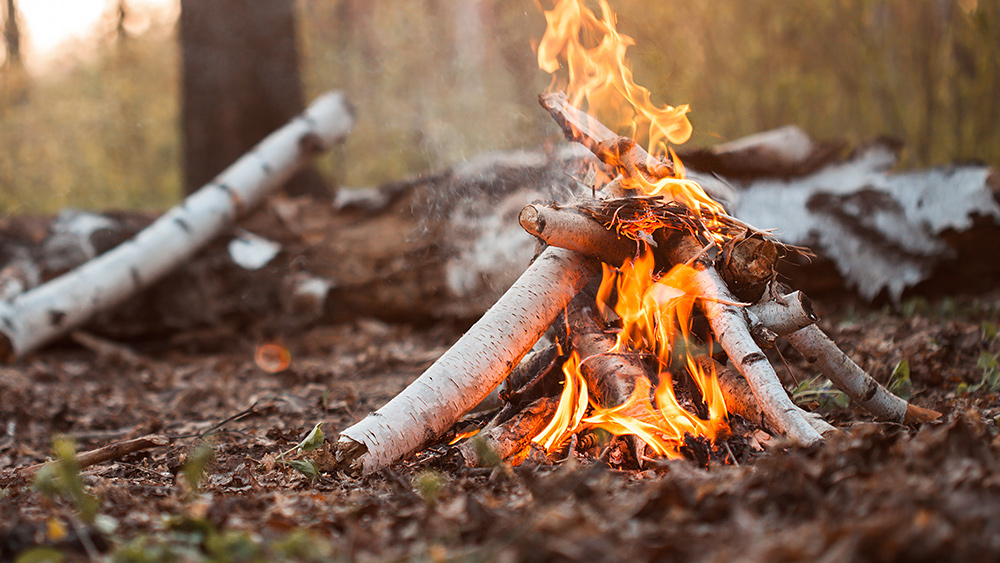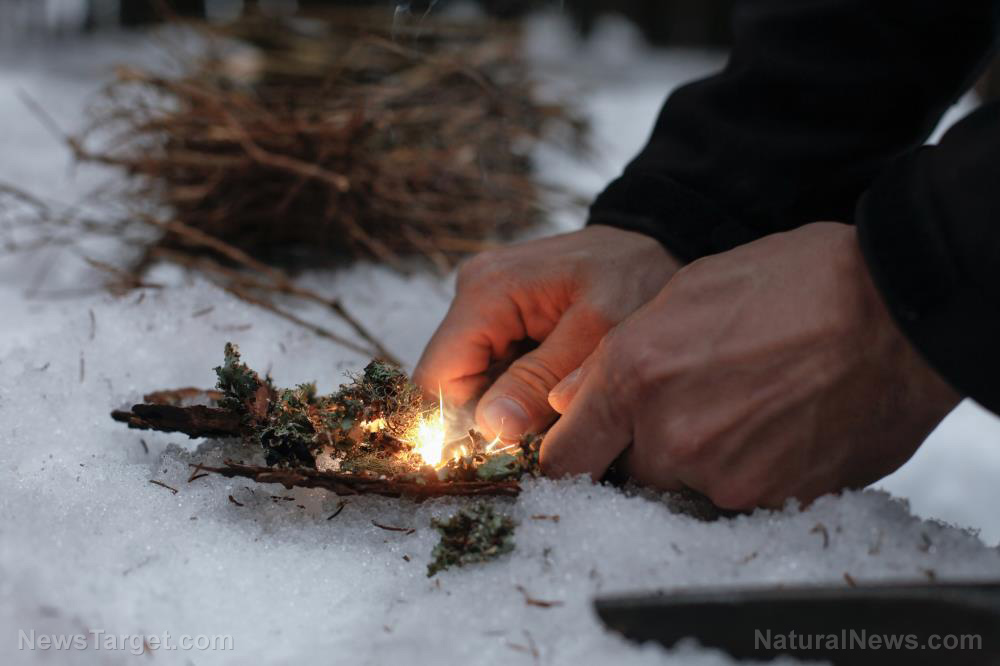
The wilderness is not as barren as you might think – you can find food such as edible roots, tubers, rhizomes, and bulbs if you're out in the wild.
Listed below are seven wild edible roots to add to your roster of foods that you can forage in the wilderness. These wild edible roots are commonly found in the intermountain region stretching to the West Coast and are abundant and easily identified: (h/t to PreppersWill.com)
#1 American bistort (Bistorta bistortoides)
Other names: Smartweed, knotweed, snakeweed.
American bistort can be found in moist areas in open meadows, along stream banks, in mountain canyons, or any moist area through the month of June. It grows up to 24 inches (in.) at the time of blooming, depending on elevation and latitude. You can eat it by peeling it first, then roasting or steaming it.
#2 Indian potato (Orogenia linearifolia)
Other names: Orogenia, snowdrops.
Indian potato grows in moist soil areas, often found below melting snow banks. You can eat the bulbs raw or cooked in any manner as potatoes. You can remove its bitter taste by peeling it, but it may be too small to take the time to peel. You can also preserve it by roasting and mashing it in root cakes.
#3 Sego lily (Calochortus nuttallii)
Other names: Cat's ear, star tulip, butterfly tulip, purple-eyed mariposa, mariposa lily.
This wild root can be found in dry open hillsides or dry mountain meadows and southern exposures. It produces cream, pink, purple, salmon, scarlet, white, or yellow flowers that bloom from April to August. The whole plant is edible. You can eat its green leaves and stem raw or boiled before blooming. After blooming, you can eat the seedhead raw or boiled. Its bulb is the most used part, and can be eaten raw, roasted, or creamed.
#4 Spring beauty (Claytonia lanceolata)
Other names: Lance leaf, groundnut.
Spring beauty typically grows in moist soil, valleys, mountain meadows, and slopes, often below melting snow banks and snow runoff areas. It produces white with pink tint flowers that turn darker as the flower ages. When in bloom, they measure 2 to 8 in., while the root is 1/4 to 1 in. in diameter. Like sego lily, the entire plant is edible. You can eat the greens and flowers raw or boiled, while you can eat the root raw, boiled, or roasted.
#5 Yampa (Perideridia gairdneri)
Other names: Vamp, false caraway, wild caraway, squawroot, ipo, apah, bolender's yampa.
Eight of the nine species of yampa thrive in open meadows and hillsides in the spring and early summer months, from Alberta and British Columbia in the north-south to Arizona and New Mexico and from the Pacific Coast to the eastern foothills of the Rocky Mountains. It blooms from July to September and has white flowers. You can eat the tuber raw, boiled, dried, fried, or roasted. It tastes best once the plant has bloomed.
#6 Biscuitroot (Lomatium)
Other names: Coos, carrot leaf, desert parsley, fern leaf, wild carrot, whisk broom.
Biscuitroot is an early spring plant that likes dry plains, open area, and rocky soil. It can grow up to 23 in. high when in bloom, depending on soil condition. The root, which ranges from turnip to radish shape to long and slender, can be eaten boiled, raw, roasted, or steamed, or added to stews. Make sure to remove its thin black skin before eating.
#7 Glacier lily (Erythronium pudica)
Other names: Adders tongue, dogtooth violet, fawnlily, snow lily, trout lily, and yellow fawn lily.
You can find this wild root growing in rich, moist soil, typically in runoff areas. The whole plant is edible; the green parts and seed pods can be eaten raw or boiled, while the bulbs can be eaten raw, boiled, or roasted.
Foraging safely in the wild
Here are some things you should remember before going out there and sampling everything you see:
- Know your target wild foods. Familiarize yourself with the proper identification of wild edibles, as well as when and how to harvest them.
- Never eat something that you haven’t positively identified. A case of mistaken identity can cause stomach cramps or much worse.
- Familiarize yourself with lookalikes of wild edibles. You don't want to accidentally ingest something poisonous while foraging. (Related: Foraging wild edibles: Berry basics to help identify what’s safe and what isn’t.)
Visit EmergencyFood.news to learn more about foraging for wild edibles.
Sources include:
Please contact us for more information.





















